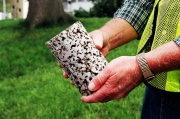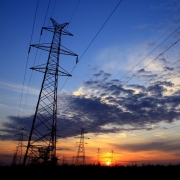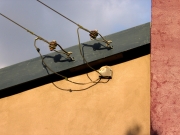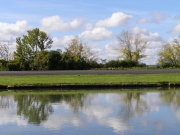Haiti Orphanage by HOK
HOK Architects has partnered with the U.S. Green Building Council to rebuild a Haitian orphanage. As early adopters of biomimicry principles, HOK Architects took inspiration from the native Kapok tree for the building’s design.
The lives of thousands of children were devastated by the magnitude 7.0 earthquake in Haiti on January 12, 2010, but thanks to a building initiative, many of these children will soon have a new place to call home.











